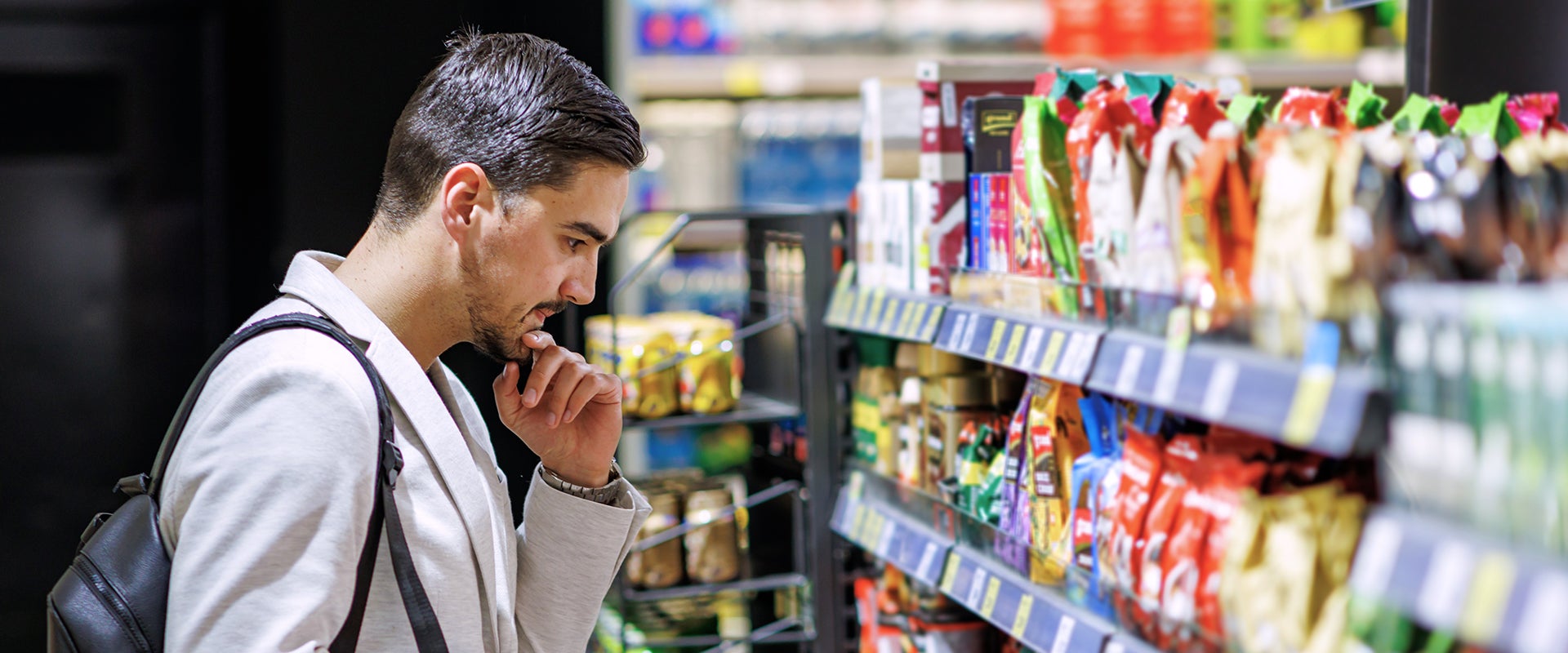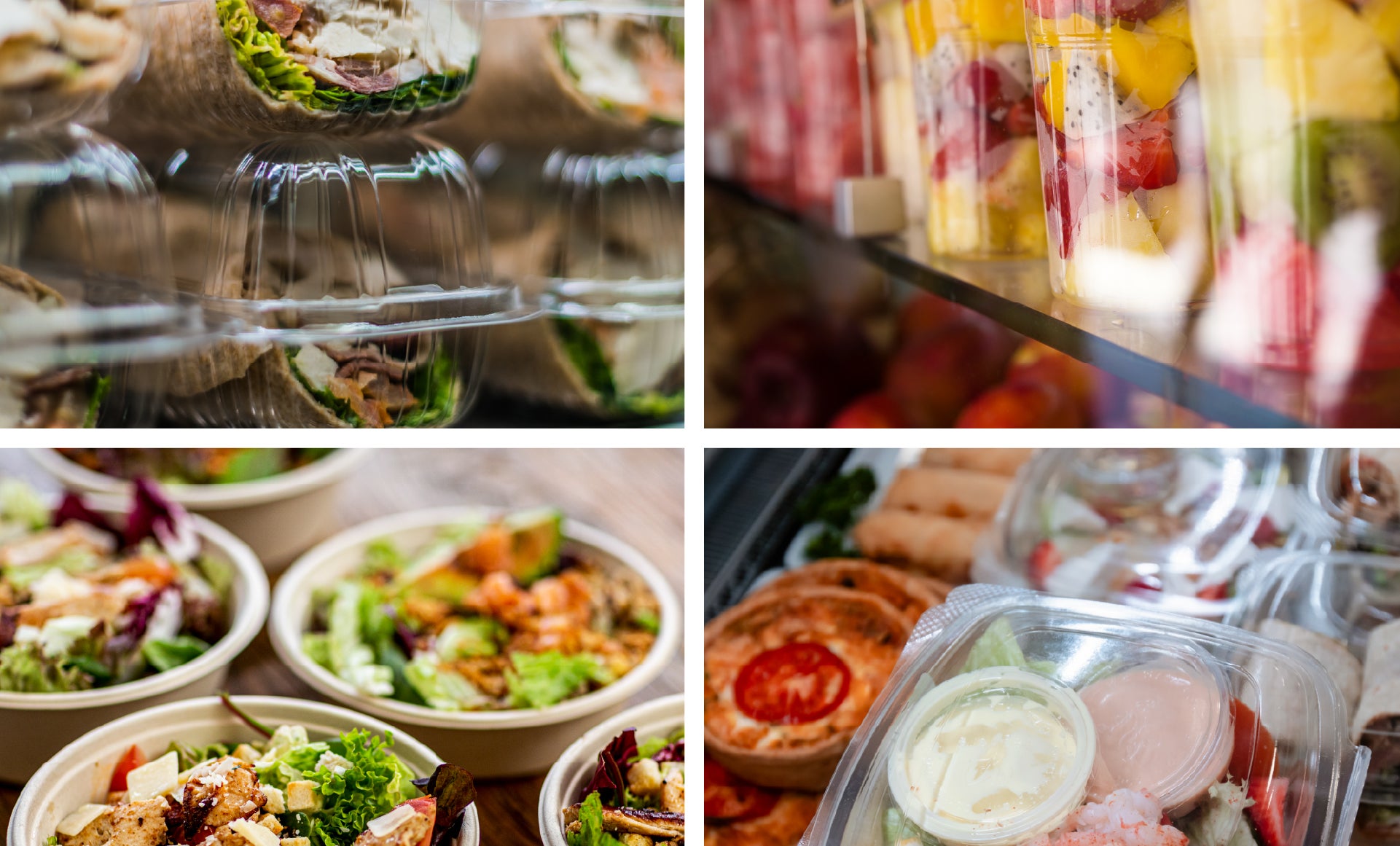
Editor's note: L.E.K.'s Rob Wilson recently participated in a BBC online discussion about convenience stores. The article below reflects his perspectives from that discussion.
If you’ve ever driven across America, odds are you’ve pulled into a convenience store (c-store) to grab a coffee, energy drink, pack of gum, cigarettes, or maybe to fill up on gas. That’s the backbone of the U.S. c-store model: deeply tied to fuel, a few high-velocity stock-keeping units and that all-important grab-and-go mindset.
But this model — one that’s powered growth for decades — is under pressure from the shift to electric vehicles and continued movement away from tobacco. So, the U.S. c-store industry is adapting to use food as a traffic driver, but the range today leaves much to be desired. There is a lot we can learn from our friends on both sides of the pond, in particular the UK and Japan.
The gas station tie-in is slipping
C-stores in the U.S. have historically been fueled (pun intended) by gas sales and cigarette margins. But let’s face it: Both of those are declining. With 80% of our approximately 150,000 c-stores still attached to gas stations, the writing is on the wall. Electric vehicles (EVs) don’t need frequent fueling, and EV charging can happen just about anywhere: malls, parking garages, even your home. That means less foot traffic at the pump, and by extension, in-store.
So what do you do when the anchor that drove people into your store starts to loosen? You evolve. And for many, that evolution is food.
Food as a foot-traffic driver
Let’s be clear: food in U.S. c-stores hasn’t exactly been something to brag about. Most of what you’ll find is designed for long shelf life: Chips, candy, energy drinks and processed foods. High-margin items, sure, but not exactly what today’s more health-conscious, value-driven consumers are craving.
The real opportunity is in fresh and prepared food. It’s why you’re seeing leading chains like Wawa and Sheetz transform their stores into almost fast-casual restaurants. Walk into a Wawa and you’re met with digital kiosks, custom-made hot sandwiches and sides that actually look — and taste — good. They’ve figured it out. It’s not just a gas stop anymore; it’s a destination. But this is no easy feat to pull off.

Scaling fresh is hard
Let’s not pretend this shift is easy. The U.S. is a huge landmass: 3,000 miles coast to coast. That means servicing a consistent, high-quality fresh food offering is a logistical challenge. Unlike the U.K. or Japan, where c-store food is surprisingly good. This is possible from a centralized, highly efficient commissary serving a more manageable 300 mile radius. In the U.S., we have to wrestle with shelf life, food safety and supply chain complexity at scale. And there are bodies on the floor — some successful international players have struggled with fresh in the U.S. market, failing the geography test.
This is where technology comes in. From commissary kitchens to aseptic, HPP, MAP retort processing, freezing, and other technologies there are ways to increase shelf life without drowning food in preservatives. You can deliver tasty, safe and clean-label meals that meet consumer demand — if you’ve got the right partners and infrastructure.
Don’t count out indulgence
Now, while all this talk about fresh, healthy food is exciting, let’s not forget: Americans still love their treats. I always say, we “talk healthy, eat fat.” And it’s true that indulgence still sells. There’s a reason the convenience store trade shows start with fried chicken, all the pizza you can eat, alcohol, cigars, energy drinks, candy, and other goodies vs. the organic bark you get to sample at natural food shows. There’s room for both better-for-you and fun food in the same basket to meet the different needs and occasions for consumers across demand spaces. The smart c-store players drive that balance.
The new definition of ‘convenience’
What we’re really seeing here is a redefinition of what convenience even means. Ten years ago, it meant grabbing something on your way to work. Today, it might mean same-day delivery, click-and-collect or no-checkout experiences like Amazon Go, where you just walk in, grab your items and walk out.
That Amazon Go experience? It’s game-changing. No lines, no checkout and they’ve nailed the fresh food piece too; salads, sandwiches, you name it. It’s convenience 2.0, and it’s the direction we’re headed.
Final thought: Stay relevant, stay ahead
Is it about survival? For some, yes. But for most, it’s about adapting: leveraging great locations, integrating food that people actually want to eat and meeting consumers where their definition of “easy” is headed.
The U.S. convenience store of the future won’t just be a fuel stop. It’ll be a food destination, a frictionless fun experience, and a curated mix of value, indulgence and quality. For those willing to invest, adapt and innovate, the opportunity is massive.
For more information, please contact us.
L.E.K. Consulting is a registered trademark of L.E.K. Consulting LLC. All other products and brands mentioned in this document are properties of their respective owners. © 2025 L.E.K. Consulting LLC
08142025130826

